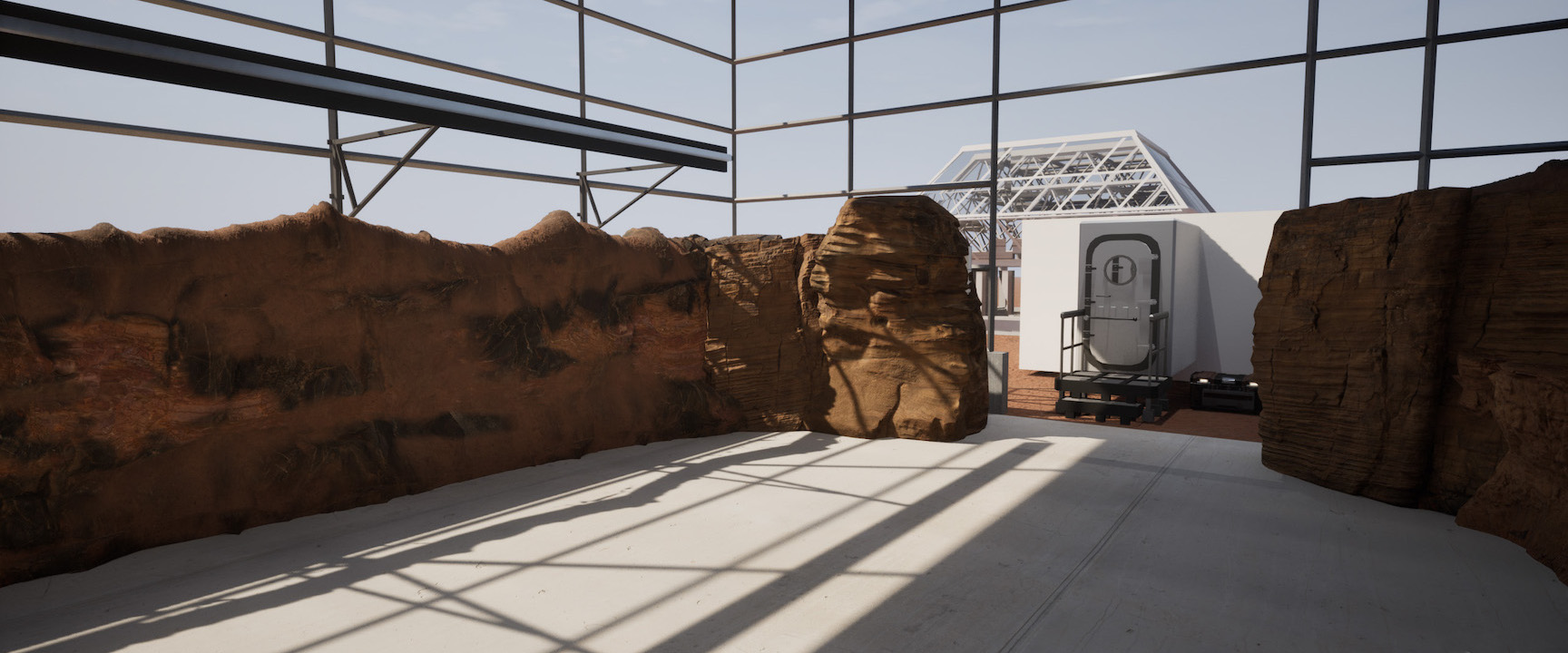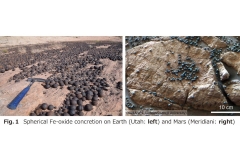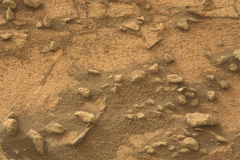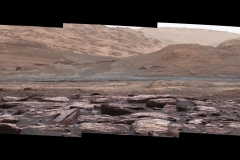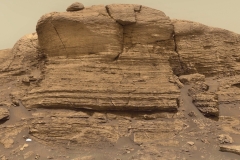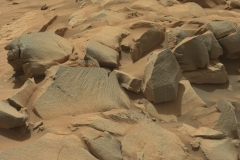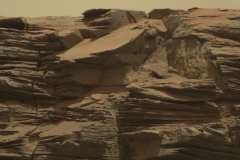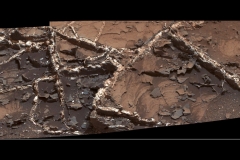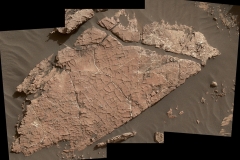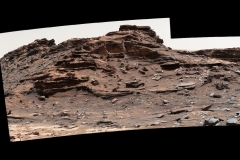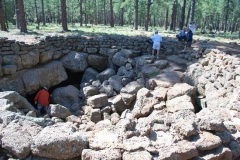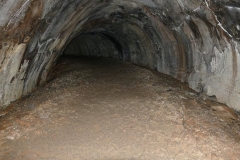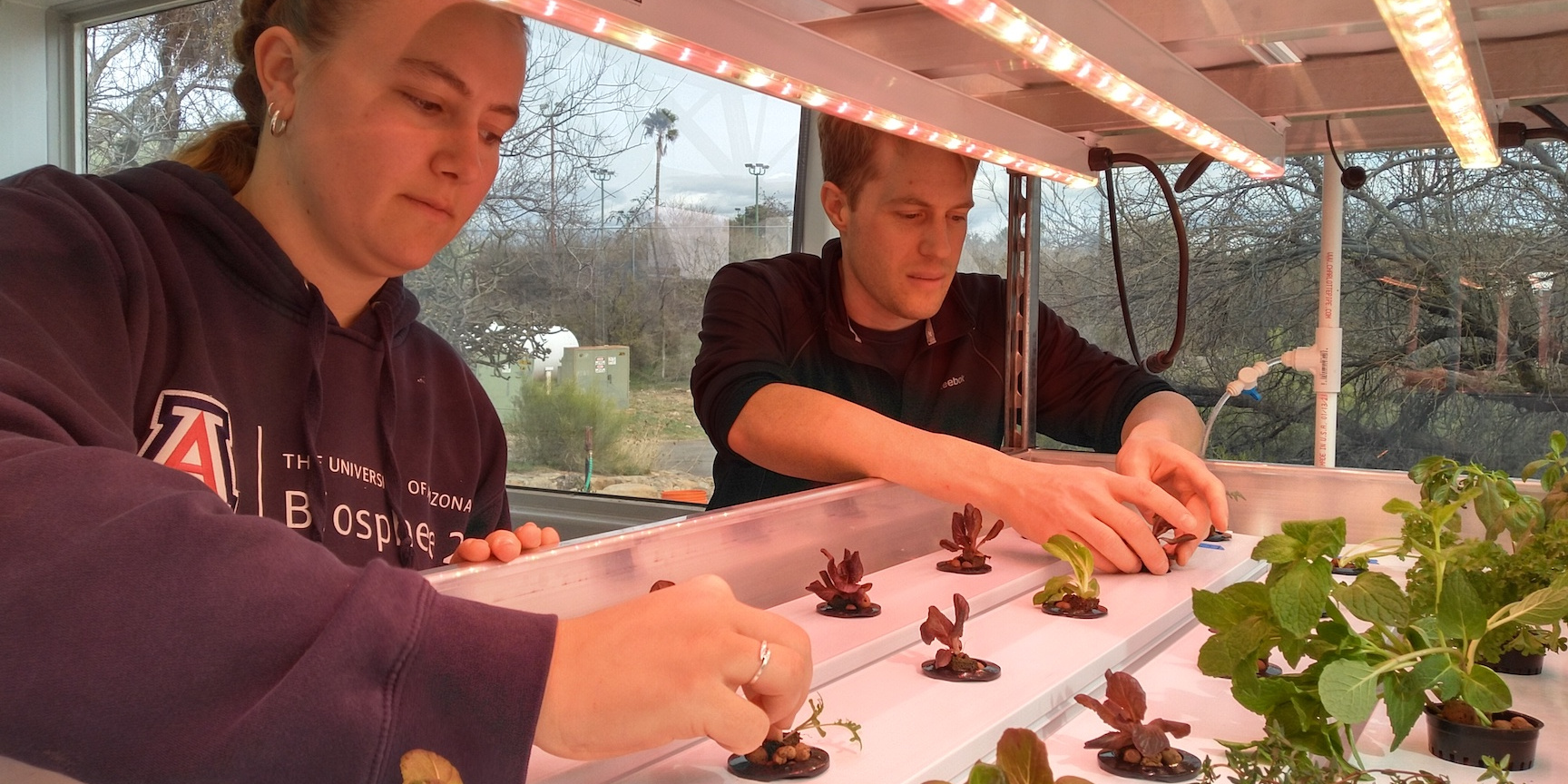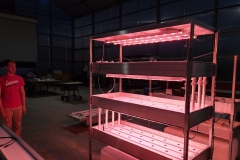New SAM Team page
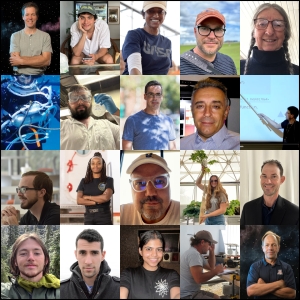
Since January 2021 the SAM team has grown from Kai Staats and Trent Tresch and a host of volunteers to an international cadre of staff members who contribute a wealth of knowledge, experience, skills, and motivation to bring to life an advanced research center for human space exploration.
Visit the all-new SAM Team page …



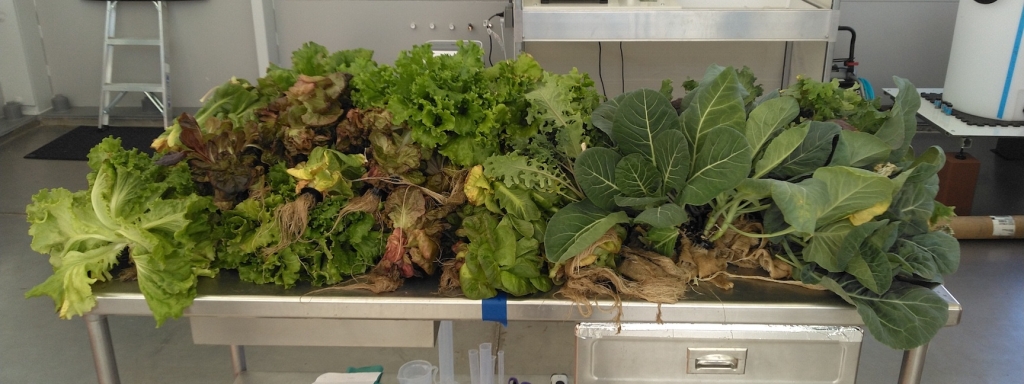
 There are times when a narrative is a necessary companion to a photo. There are times when a photo is worth a thousand words. And then there are times when you scratch your head and wonder …
There are times when a narrative is a necessary companion to a photo. There are times when a photo is worth a thousand words. And then there are times when you scratch your head and wonder …